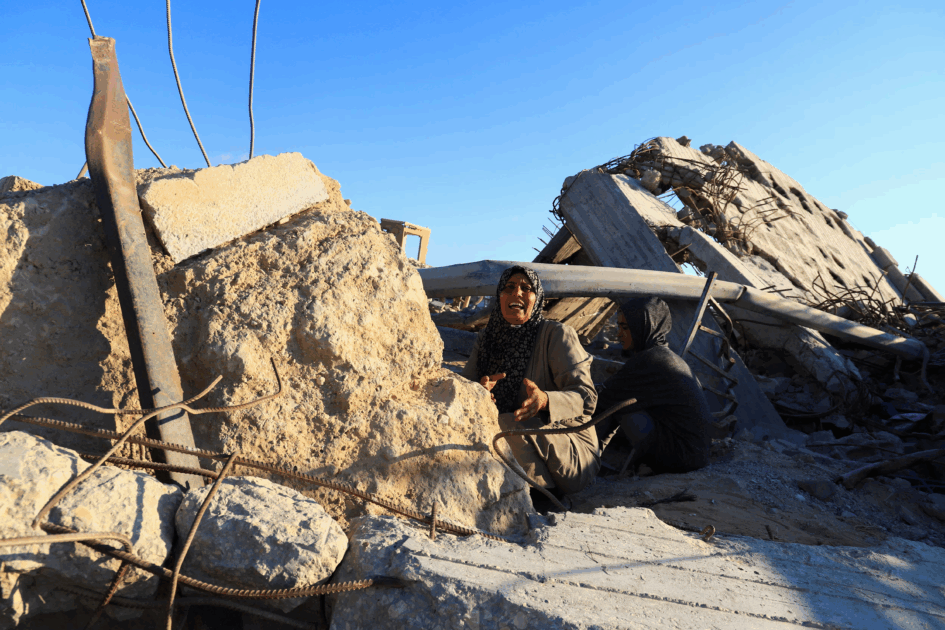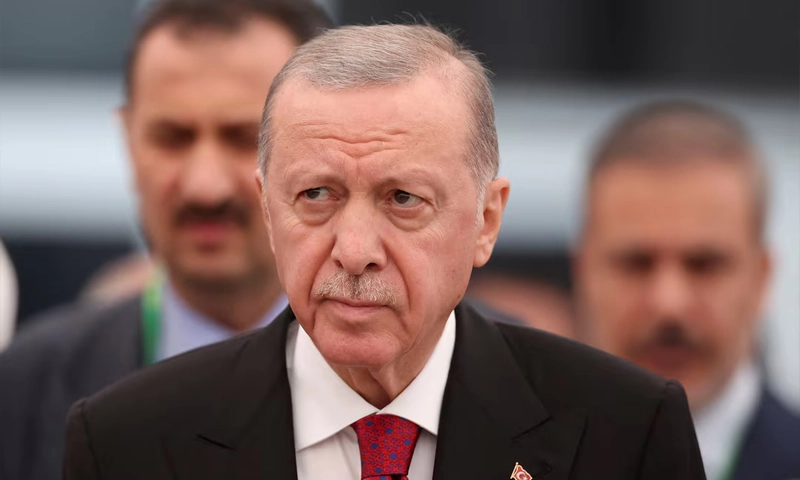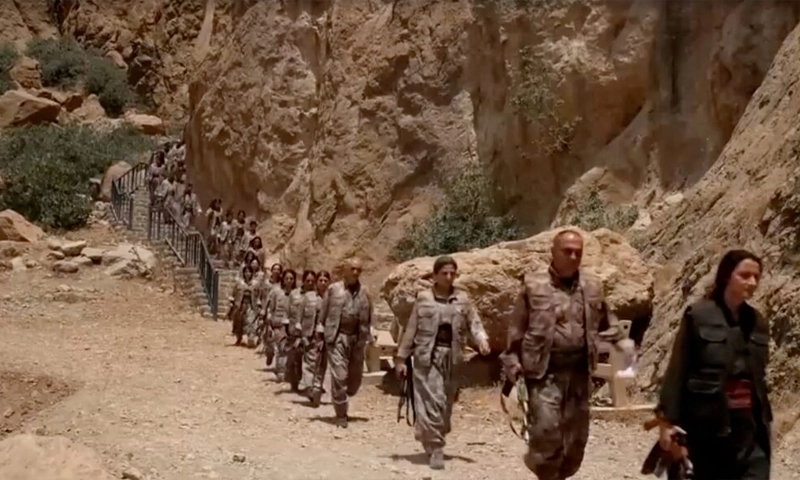- Reuters
- 2 Hours ago

Turkish lira drops 7%, signalling move towards free market
-

- Hum News
- Jun 07, 2023

ANKARA: Turkey’s lira plunged 7% to a record low on Wednesday in its biggest daily selloff since a historic 2021 crash, a move traders said is a “strong signal” that Ankara is moving away from state controls toward a freely traded currency.
The lira has come under increasing pressure since President Tayyip Erdogan was re-elected on May 28. It stood at a record low of 23.17 against the dollar at 1023 GMT on Wednesday, bringing its losses this year to more than 19%.
For much of this year, authorities have taken a hands-on role in foreign exchange markets, using up tens of billions of dollars of reserves to hold the lira steady. The bank’s net forex reserves touched a record low of negative $4.4 billion last month, after forex demand surged during the election process.
Four traders said the decline in the central bank’s forex and gold reserves had stopped as of last week, and that they could enter an upward trend, along with signs of the change in forex policies.
“There are many regulations and changes that need to be made but the destination we are headed in is becoming clearer every day. We are going towards the lira’s value being determined by market conditions,” one trader said.
Erdogan announced his new cabinet at the weekend and named Mehmet Simsek, a former deputy prime minister who is well regarded by foreign investors, as finance minister. Simsek later said economic policy needed to return to “rational” ground.
Markets are also waiting for the appointment of a new central bank governor to replace Sahap Kavcioglu, who spearheaded rate cuts under Erdogan’s unorthodox policies.
“We are seeing policy normalisation play out,” said Tim Ash at BlueBay Asset Management. “I think we are seeing the impact of Simsek pushing (the Turkish central bank) for rational policy.”
Another trader said the lira was nearing “expected levels” with sharp intraday losses, adding these would continue for some time. “The lira is getting closer every day to a level that will not need to be defended with reserves,” the person said.
Some analysts expect the lira to weaken towards a range of 25-28 against the dollar.
RETURN TO ORTHODOXY:
Under pressure from Erdogan, a self-described “enemy” of interest rates, the central bank slashed its policy rate to 8.5% from 19% in 2021 to boost growth and investment. But it sparked a historic lira crisis in December of 2021 and sent inflation to a 24-year high above 85% last year.
The return of Simsek, who was finance minister and deputy prime minister in 2009-2018, signalled a move away from the unorthodox rate cuts despite high inflation that have sparked a more than 80% erosion in the lira’s value in five years.
Erdogan is considering appointing Hafize Gaye Erkan, a senior finance executive in the United States, as central bank governor, Reuters reported on Monday. Erkan met with Simsek in Ankara on Monday.
Erkan would be the country’s fifth central bank chief in four years, after Erdogan fired previous governors as part of frequent policy pivots.
Turkish authorities are now hoping foreign investors will return after a years-long exodus, but market watchers cautioned that Erdogan turned to conventional policies in the past only to change his mind shortly after.
Turkey’s sovereign dollar-denominated bonds gave away early gains to trade slightly negative on the day. ,
The premium demanded by investors to hold the country’s hard-currency bonds over safe-haven U.S. Treasuries widened again to 472 bps after tightening nearly 200 bps in the second half of May, data from JPMorgan showed. (.JPMEGDTURR)
The main BIST-100 stock index (.XU100) has rallied in nine of the last ten trading days, and was up 3.84% at 1026 GMT. The banking index (.XBANK) was up some 4.3%.
“Even without political interference, the process of getting Turkey onto a sustainable path is going to be turbulent, and likely involves substantial devaluation and higher yields,” said Paul McNamara, director of emerging market debt at asset manager GAM.
“We think fair value for the lira is probably 15% or so lower, but containing a devaluation without substantial external support is going to be a desperately difficult task,” he said before Wednesday’s decline.
“Orthodoxy would involve (above all) allowing the lira to find a sustainable level without intervention and abandoning the de facto capital controls currently in place.” — Reuters





